 Considering the era, time, place, environment along with the study of the young woman of the day and preferences based on real historical samples, the following design concepts were developed; 1) for an 1866 young woman, 2) for an 1880’s settler.
Considering the era, time, place, environment along with the study of the young woman of the day and preferences based on real historical samples, the following design concepts were developed; 1) for an 1866 young woman, 2) for an 1880’s settler.
The consideration is whether to depict a girl of the late 1860’s, a young woman of 1866, or a young woman of the 1880’s. The reason is the perception of people who will interact with Fiona as she does interpretation is more aligned with the later, “prairie” dress as depicted in film and literature. She needs them to understand she is a pioneer and settler of the west, as opposed to the high fashion of the time of the east.
The other consideration is the flexibility of the ensemble for use in different places (e.g. rural or city; fort or town), and in different weather. The attempt is to get it all in one.
The first sketches illustrate the later, 1870-80’s style that is so easily recognizable by the public. With use of different aprons vs pinafores, this can be used to demonstrate the child’s vs the young adult’s ensemble.
Skirt and sleeve lengths are keys to determining child vs woman; children wore short sleeves and short skirts with complete pinafore covering, while women wore minimal aprons with long sleeves and as long skirts as functional:
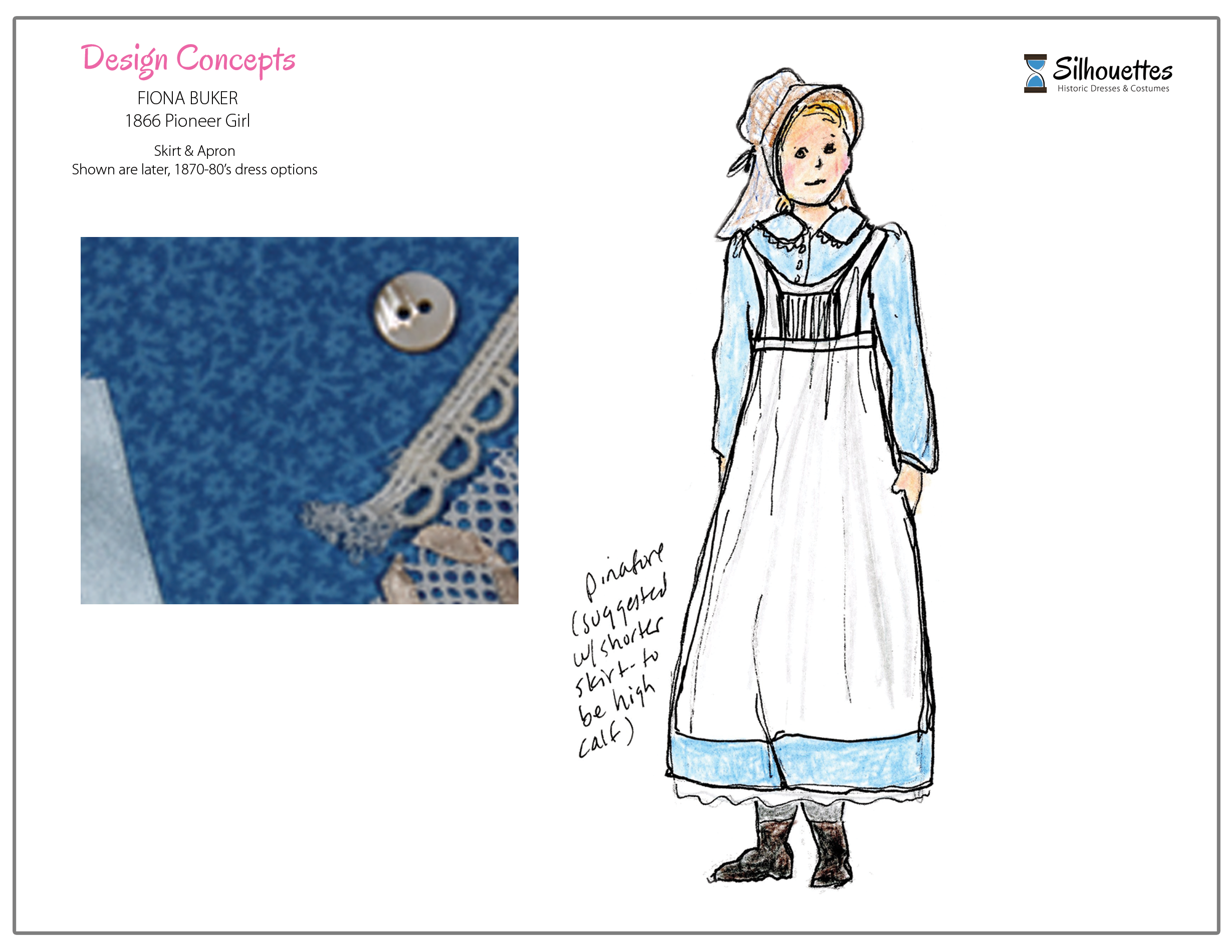
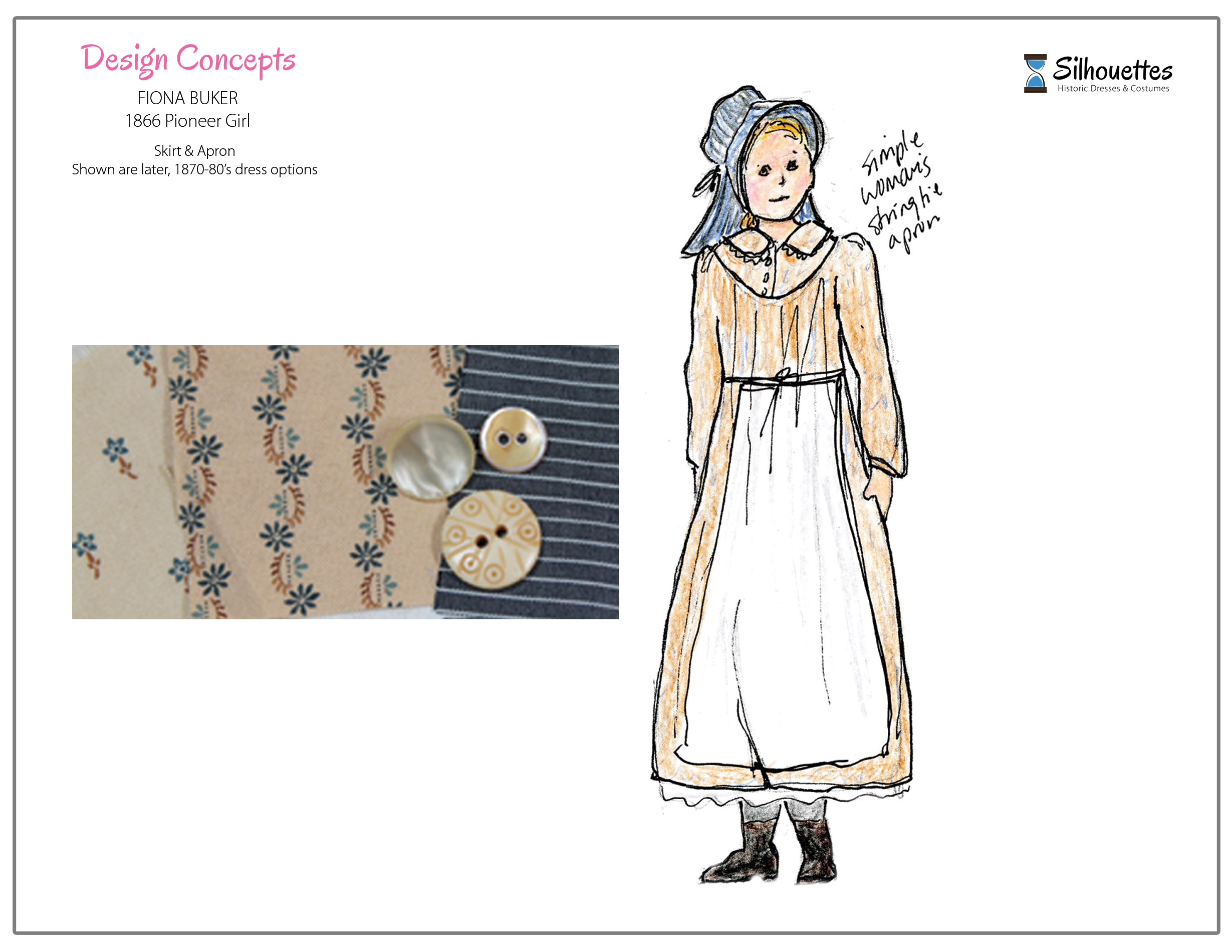
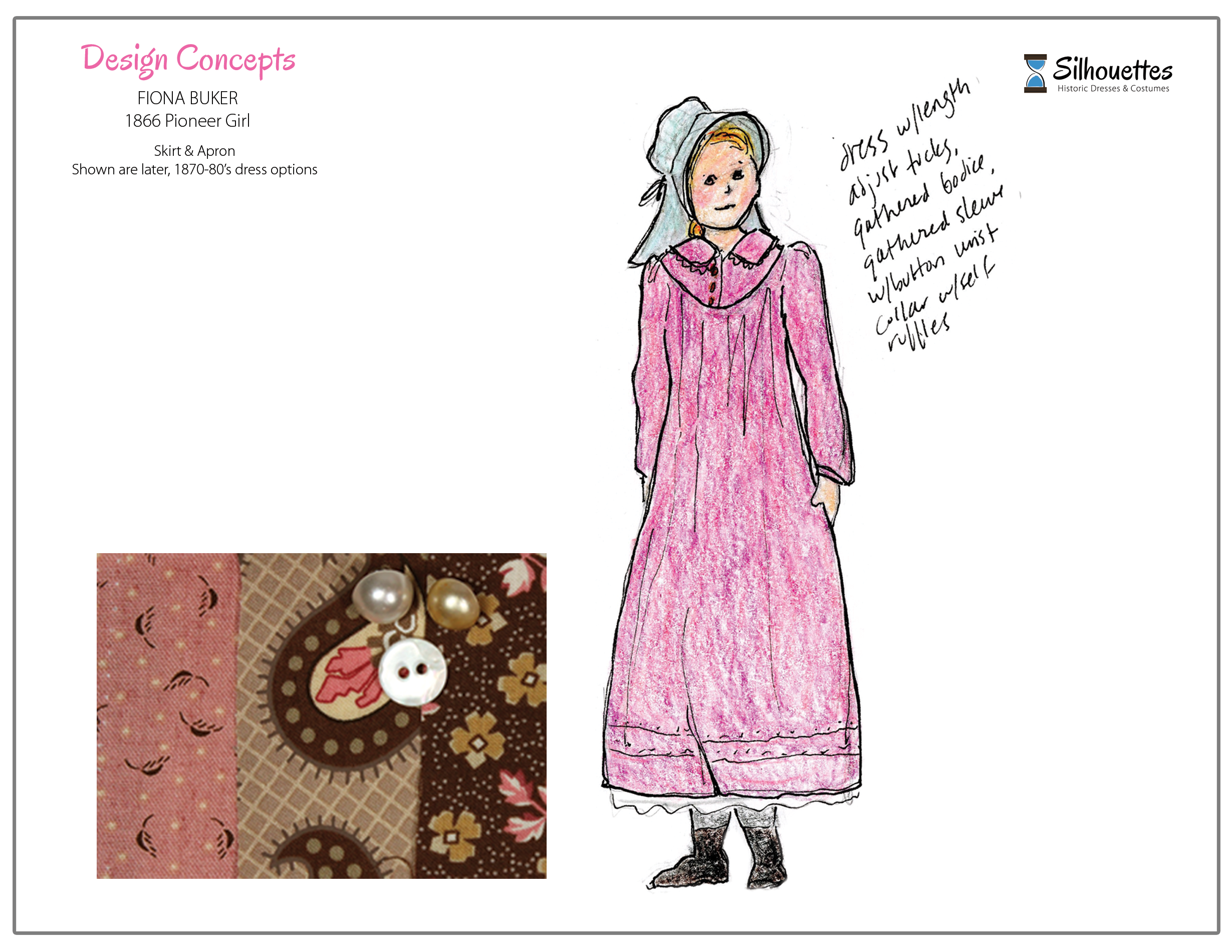
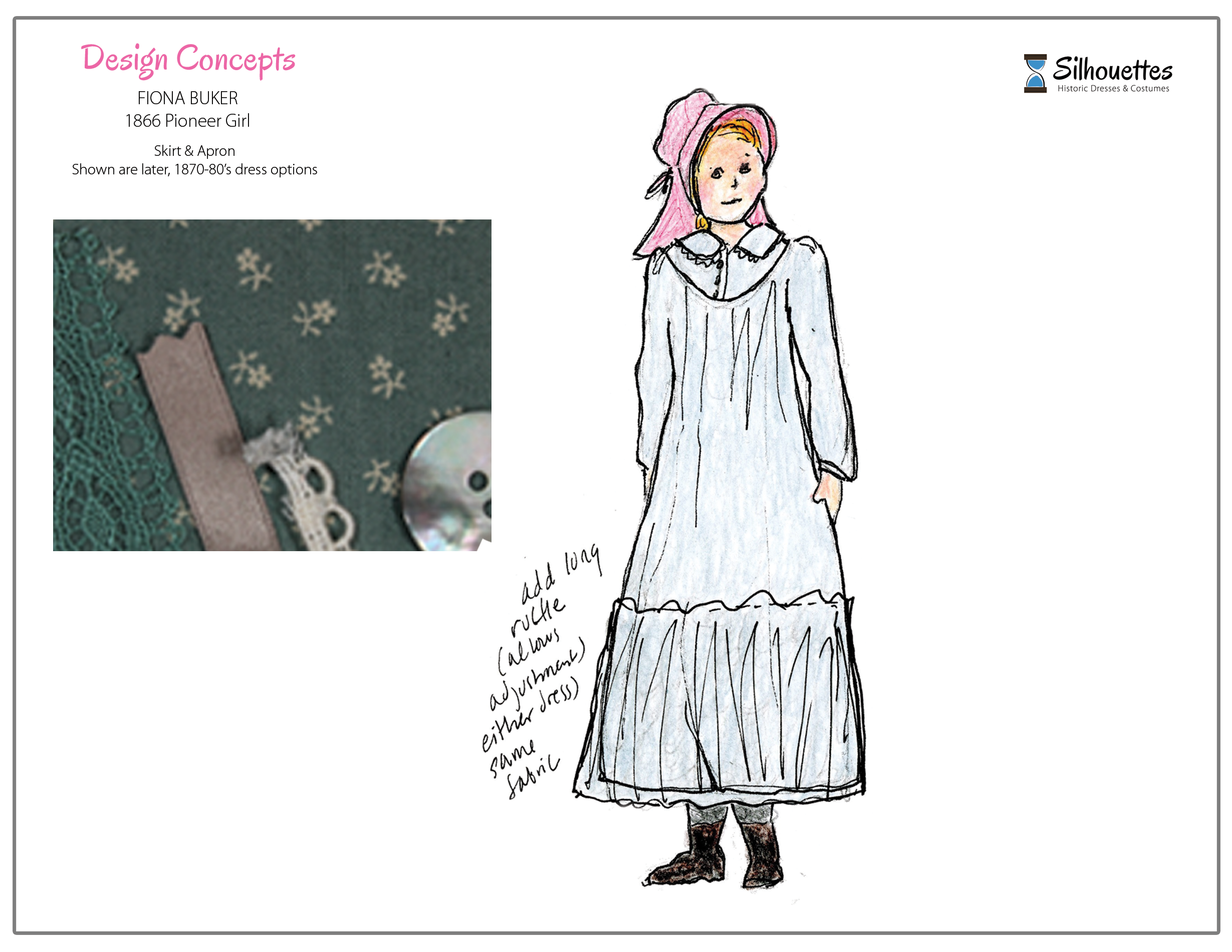
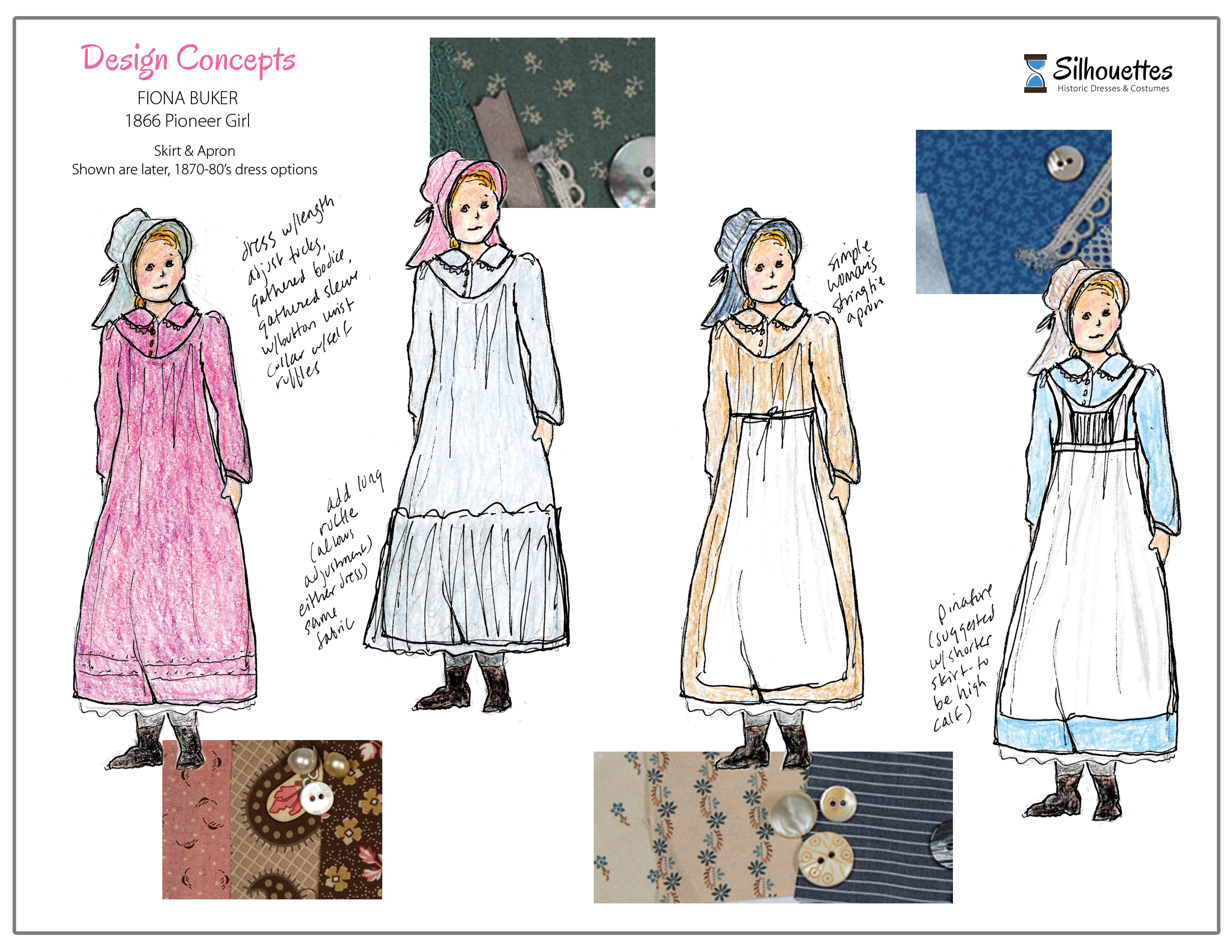
 One will note the sketches select from in stock fabrics and notions. These are real reproduction fabrics, mother of pearl, bone, or marcasite with 100% natural (cotton) fibers:
One will note the sketches select from in stock fabrics and notions. These are real reproduction fabrics, mother of pearl, bone, or marcasite with 100% natural (cotton) fibers:
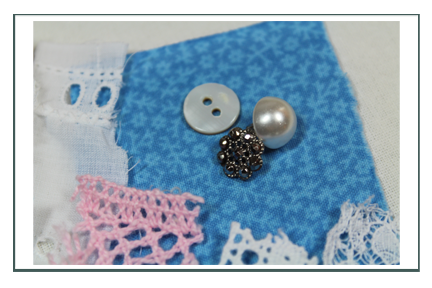
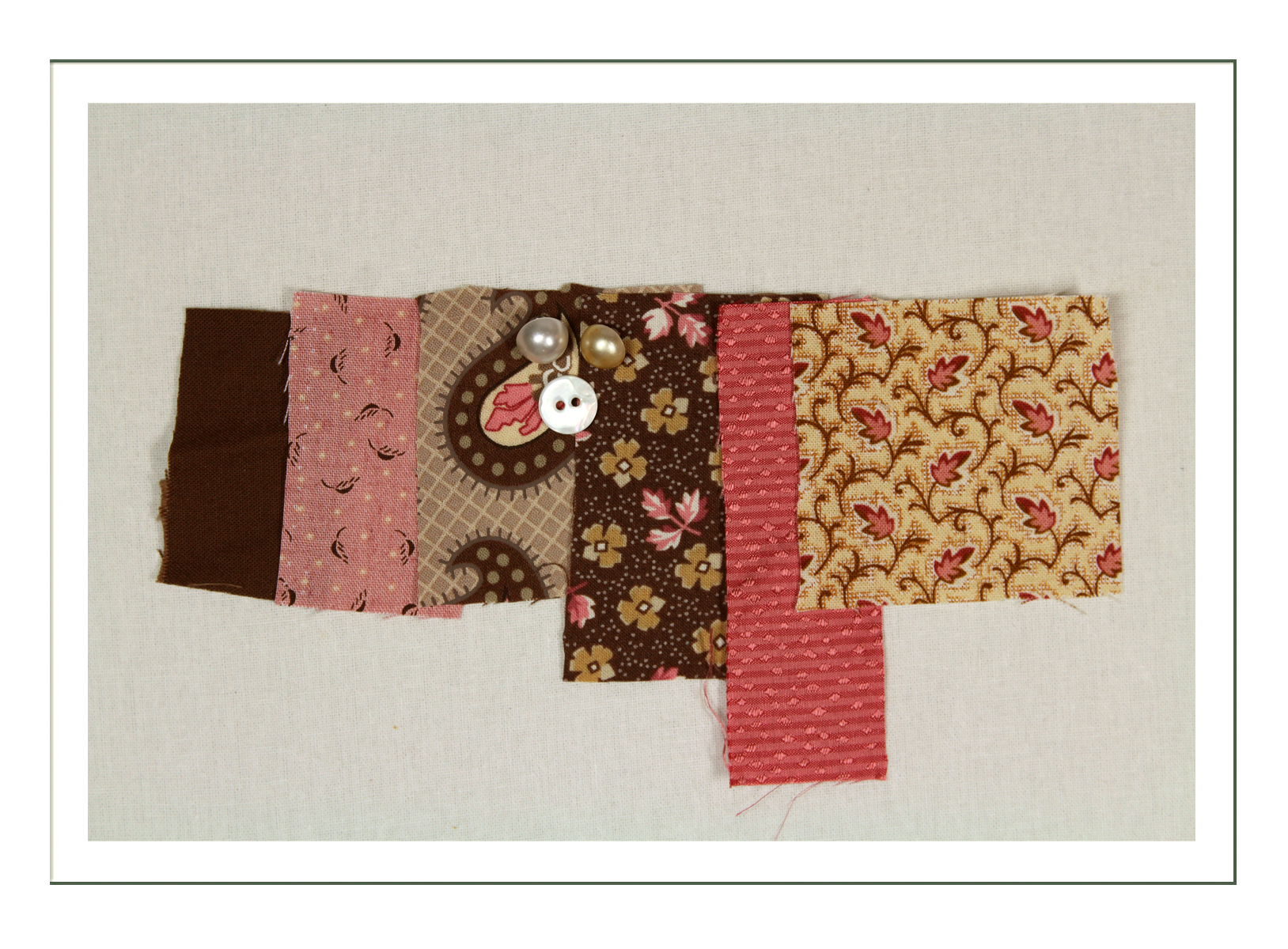
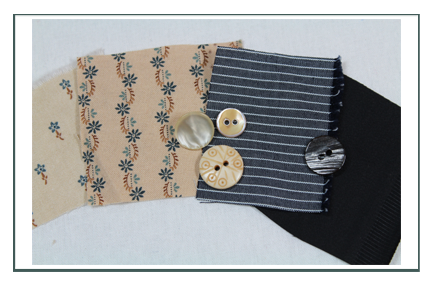
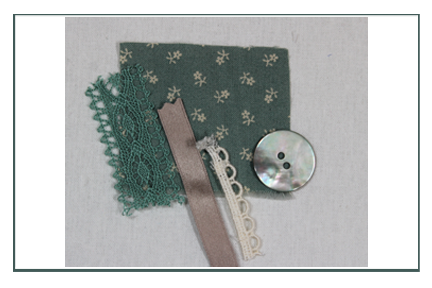
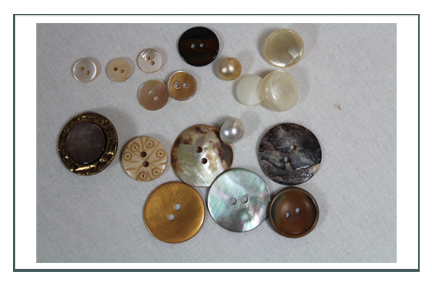
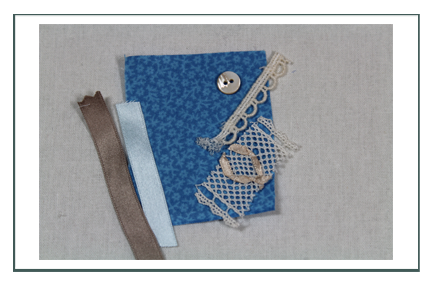
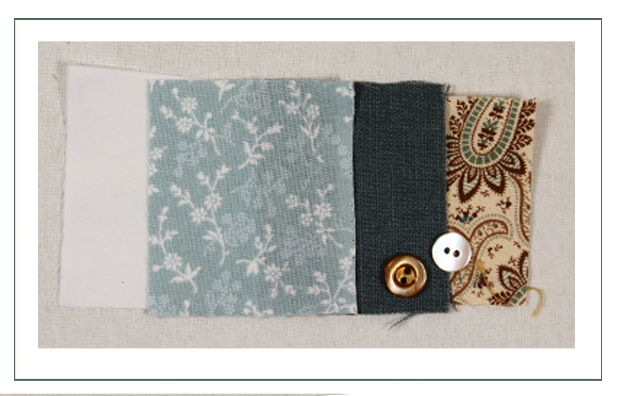
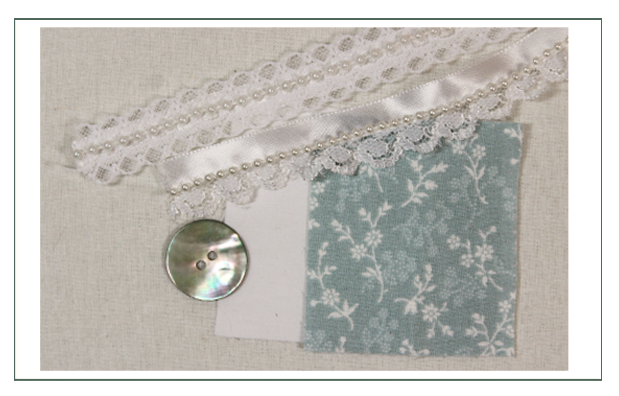
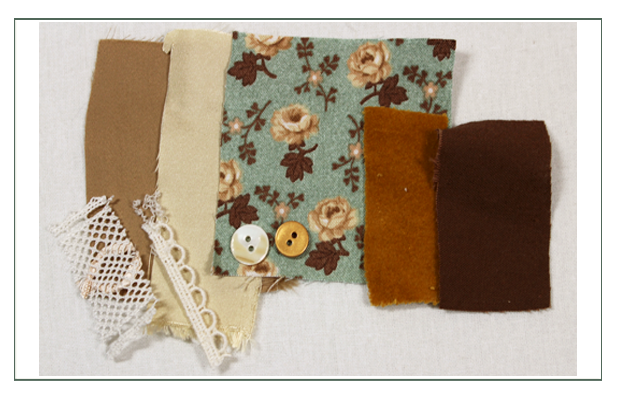
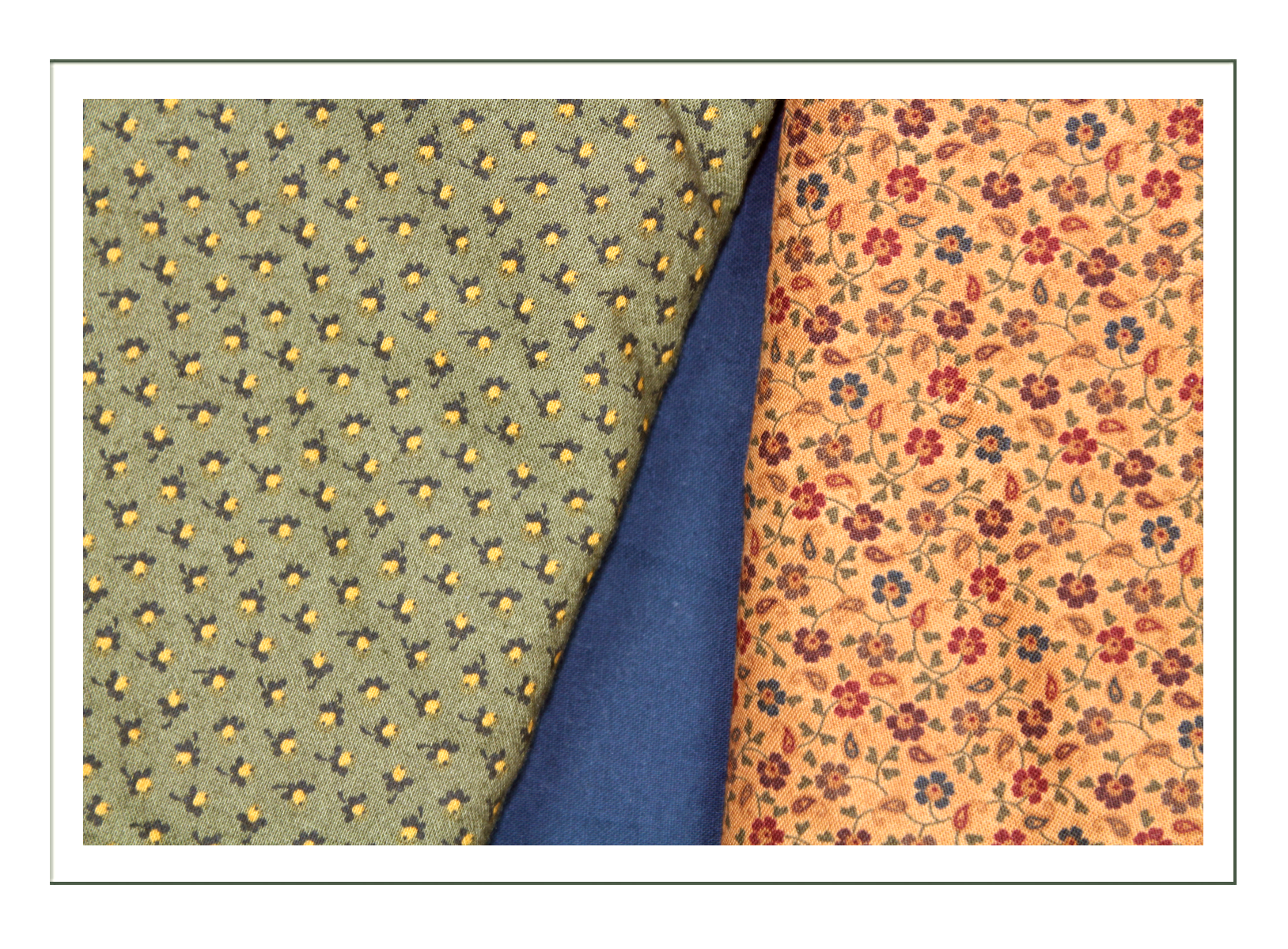
 Because Fiona is 11, we decided to depict a young woman. As her shape will change dramatically in the next 2 years that she wants to benefit from the costume, we will build it at her 2 year size. As they would have done in 1866, her dress will be a woman’s dress – as would be handed down from mother, sister, or aunt. It will be altered with tucks and gathers that can be let out as she grows. Her use of the garments will end when she reaches the size that was built.
Because Fiona is 11, we decided to depict a young woman. As her shape will change dramatically in the next 2 years that she wants to benefit from the costume, we will build it at her 2 year size. As they would have done in 1866, her dress will be a woman’s dress – as would be handed down from mother, sister, or aunt. It will be altered with tucks and gathers that can be let out as she grows. Her use of the garments will end when she reaches the size that was built.
We also decided to build the earlier, 1866 ensemble rather than 1870-80 because 1866 still translates to the earlier forts and trails that are Fiona’s potential employers. As with her fictional mother of the time, even in 1866, her clothing and fabric would be somewhat outdated from current fashion (from 1 to even 10 years in some remote areas of the western US).
We will eliminate the later fabrics with the brighter hues, complex print/dye processes, and focus on the earlier reproduction fabrics, notions, and design.
This dictates the drop-shoulder, bishop type sleeves, wider crinoline type skirt, and undergarments to be of the civil war era. All these would be modified to the function of settlers, however. This means a narrower skirt, no crinoline or structure, minimal fitting (in fact, gathering and blousing instead of darts which also helps with the alteration of fit over time as it cannot and does not need to be custom tailored to fit the after corset shape).
This also means the strict corset of the 1860’s must be used regardless of age, large patterned fabrics (polka dots, plaids, and stripes being made popular by Queen Victoria – and readily available as the more fashionable of the east reserved those as for only sport or leisure, thus creating a surplus of those fabrics), and head covering as well as complete undergarment coverage including period correct drawers, chemise, and petticoat.
Any disarray of design would be historically correct as this would be the junction of high fashion of the 1860’s, availability in a post war United States, functional application of the pioneer, and the merging of girl and woman attempted in one ensemble:
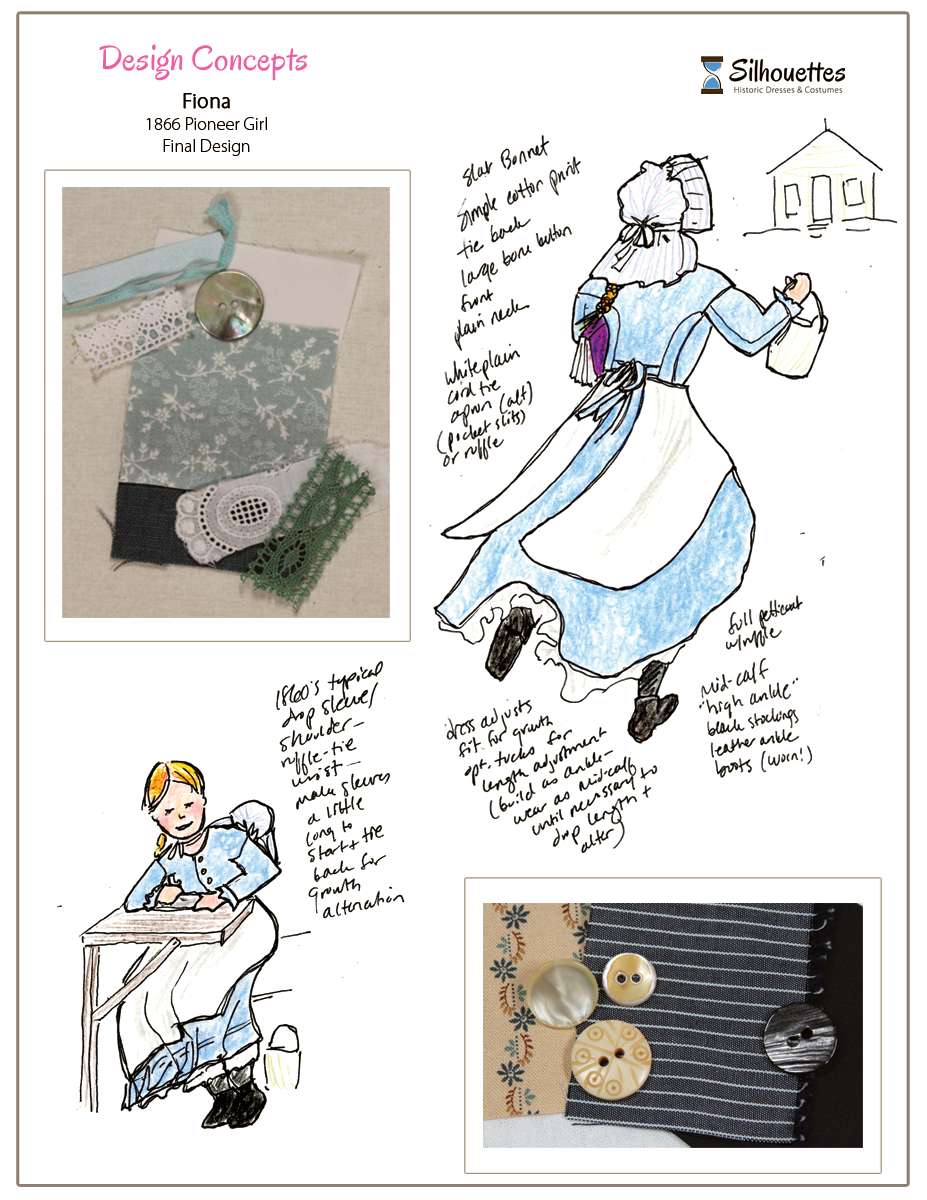
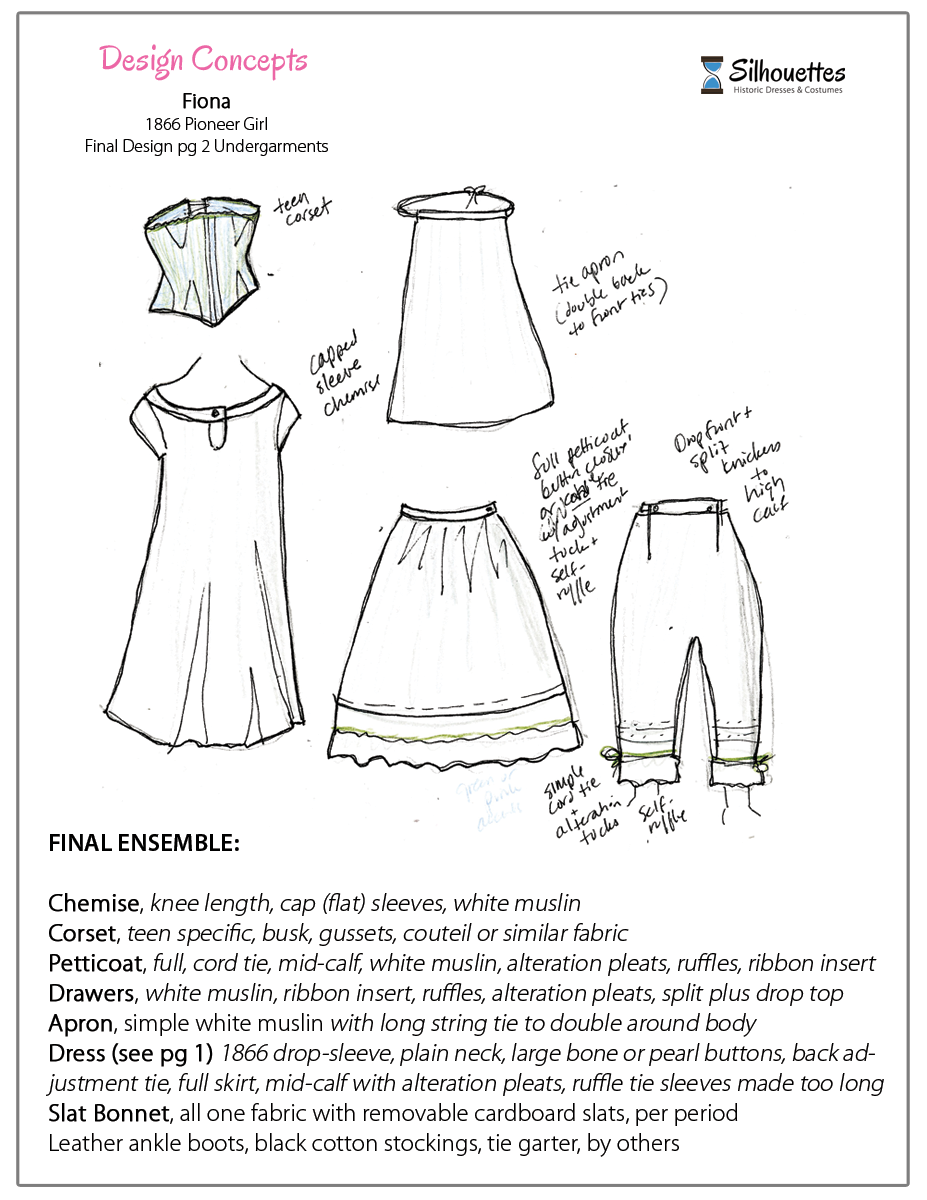
Click to go to Fiona’s main Page with the FINISHED PROJECT (next)
Click to go to Fiona’s Historical Research Page of time & place
Click to go to Fiona’s Fashion History & Character Research Page
